It was the summer of 1982, when I had gone on a summer vacation with my parents to most of the European countries. I had been particularly disappointed with Paris. Racism, crime, food, the hotel facilities, the lack of hygiene and the sounds people made while eating their food at restaurants, had made the entire experience of “Going to Paris” a nightmare. I was finally happy to be in Charles De Gaulle airport to leave for Rome. However while walking towards my flight, something shiny on the runway caught my eye. I stopped walking and saw one of the most beautiful and elegant aircrafts I had ever seen. It was shaped like a speeding dart. Even while standing still on the runway, it seemed as if it was moving. My father had to come back to get me, but when he saw what I was looking at, through the glass walls of the airport, he too stood still, transfixed at the beautiful sight. He simply muttered, “That’s Concorde”. This was the first time I had heard of this aircraft. We both watched as it slowly taxied to the runway, nose bent downwards, engines so loud that we could hear them even through the “sound proof” glass walls of the airport. When it took off, it mad such a roar and took to the sky with such elegance that I immediately fell in love. Just then my father said, “Such a beautiful aircraft, too bad it’s a huge disaster”. I was shocked. Later during the short flight from Paris to Rome, my father told me some of the issues faced by Concorde.
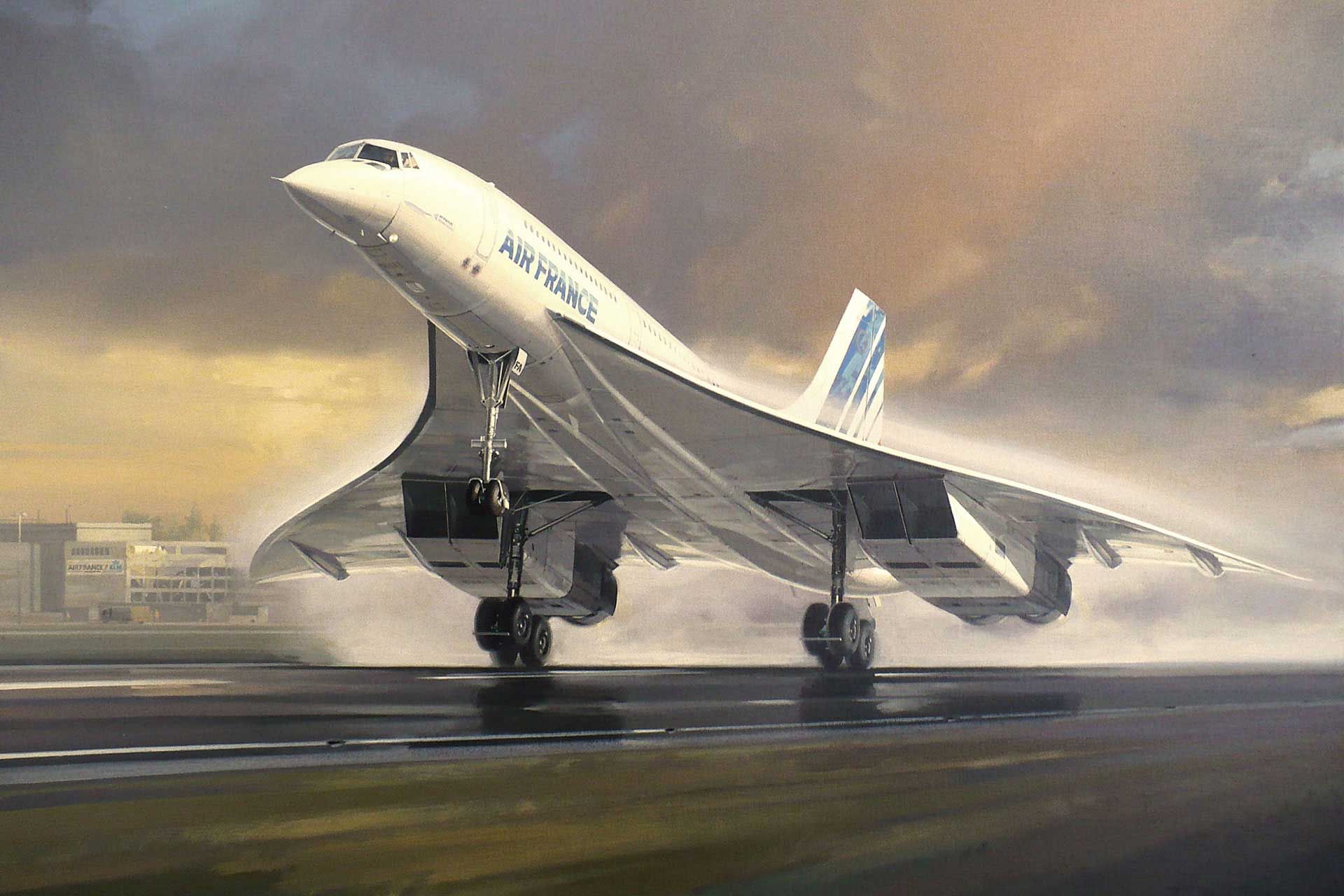
It’s only now, that I am mature enough to set aside my “boy-hood crush” on Concorde and write the heart wrenching story of the project of Concorde and the disaster it became.
After the World War II, armed with the research material of German Scientists, now in the hand of USSR, US and UK, a race for technological supremacy started among the victors of the Great War.
In early 1960s, some of the more ambitious aviation engineers of British Aircraft Corporation (BAC) suggested that they should be the very first in the world to have an aircraft carrier that was supersonic. Being the first in the world would open up markets for this product around the world with other airlines. These were the days when the Airline Industry was at its prime and opening global possibilities of travel and business around the planet. Various nations were working on airliners that would take haul large numbers of passengers to greater distances. US based Boeing was already working on the Jumbo Airliner called Boeing 747 and USSR already had long haul passenger airliners and cargo carriers like the Tupolev.
UK decided it was time for them to join the technical race and leave a mark on the world, as they were still not over the huge debacle of Comet Airlines, which were the very first commercial airline in the world but also had to close down due to safety issues post multiple crashes.
The politicians loved the idea but there was one serious catch. Where would they find the money to build it. Those were the days when UK was dogged with partial recession lack of resources.
They came up with a brilliant idea of tying up with the French to jointly build the very first Supersonic Commercial Airliner and reap the benefits jointly. A decision that seemed fantastic in theory, but went on to be one of the primary reasons for its debacle.
UK engineers already had a design some overall shape of the airline by the time they went into a tie up with the French counterparts this made the technical transfer much easier and the buy-in faster.

But anyone who knows even a smattering of European history they would know the absolute bitter rivalry and back-stabbing amongst the two nations. A bitter rivalry that was not only limited to royalty and political ideologies but also population and culture wise. This deep rooted suspicion was the reason why, in the contract, they entered that if any one of the countries pulled out of the contract, before the aircraft was built, the pulling out party would have to fund the entire project till completion. And thus started a long unhappy forced marriage that only lead to financial disaster.

Representatives of both the parties came together and almost hurriedly estimated the entire project to take at the most 5 yrs and about Pounds 70 million. The targeted performance of the proposed aircraft was kept at a top speed of Mach 2.2 (more than twice the speed of sound). There were no targets about operability or maintainability even discussed at this time.
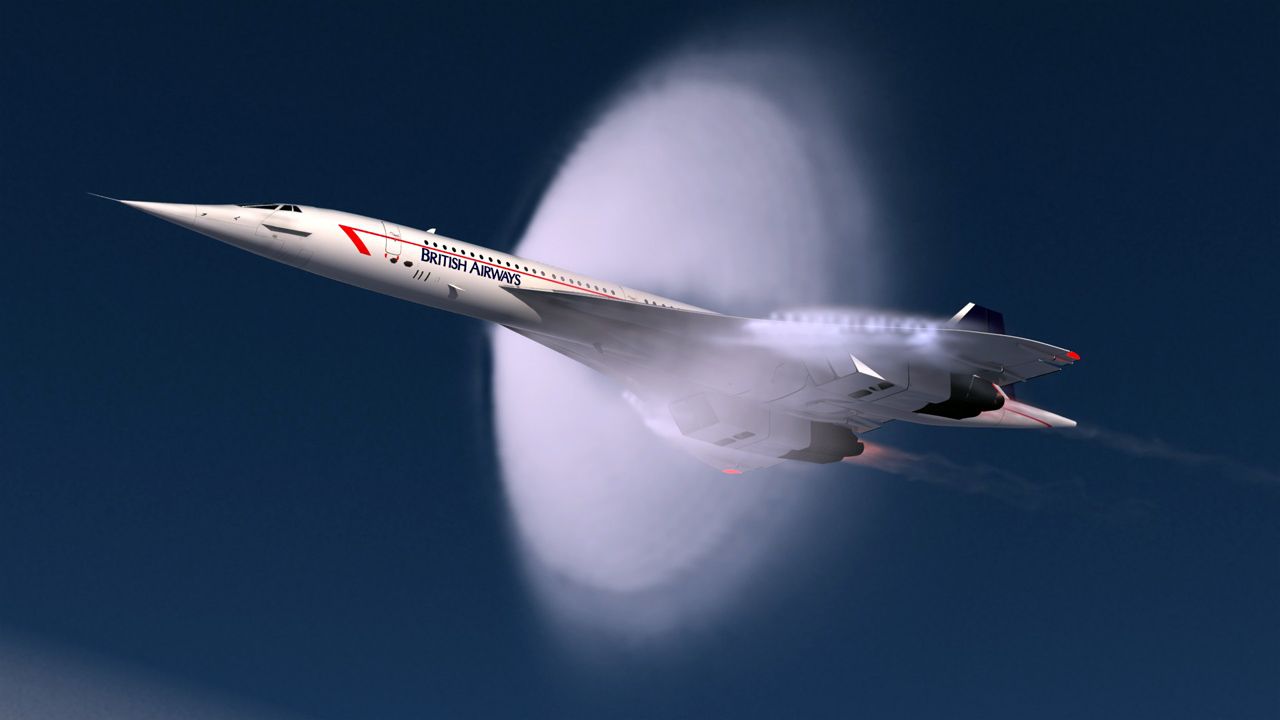
This was 1962.
It was decided that two working concept planes would be made, one in UK and the other in France. They needed to be absolutely identical. This lead to two sets of design teams, two sets of management, two sets of R&D facilities and two sets of manufacturing units.

I guess, its anyone’s guess about the extent of conflicts, clashes and re-invention of wheel that became the order of the day. And in all this mix of a management fiasco add detonator of the two cultures that were poles apart and what you get is a potent and volatile formula that could derail the project anytime. And it did, several times.
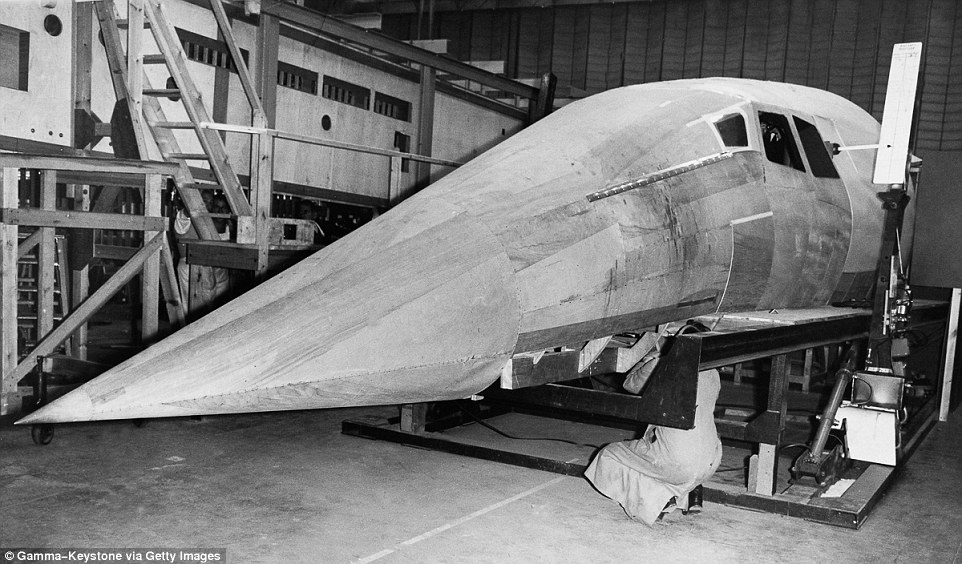
While the UK engineers were looking at losing weight but keeping the focus on performance and speed, the French engineers were focused on luxury, lesser number of seats that would be like sofa sets, and inflight luxuries like champing and 3 course meals. They were opposed at each and everything. Some of the engineers who were part of this project now confess that most of the time the engineers from both the countries would simply object each other because it was the other country. The politicians were no different. When the UK politicians decided on the name of “Concord” the French (particularly Gen De Gaule), added the extra letter of “e” at the end to make it “Concorde” only for getting their French-ness brand on the aircraft. This political logjam on the name continued for about 2 yrs before it was finally agreed to let the extra letter “e” be there.
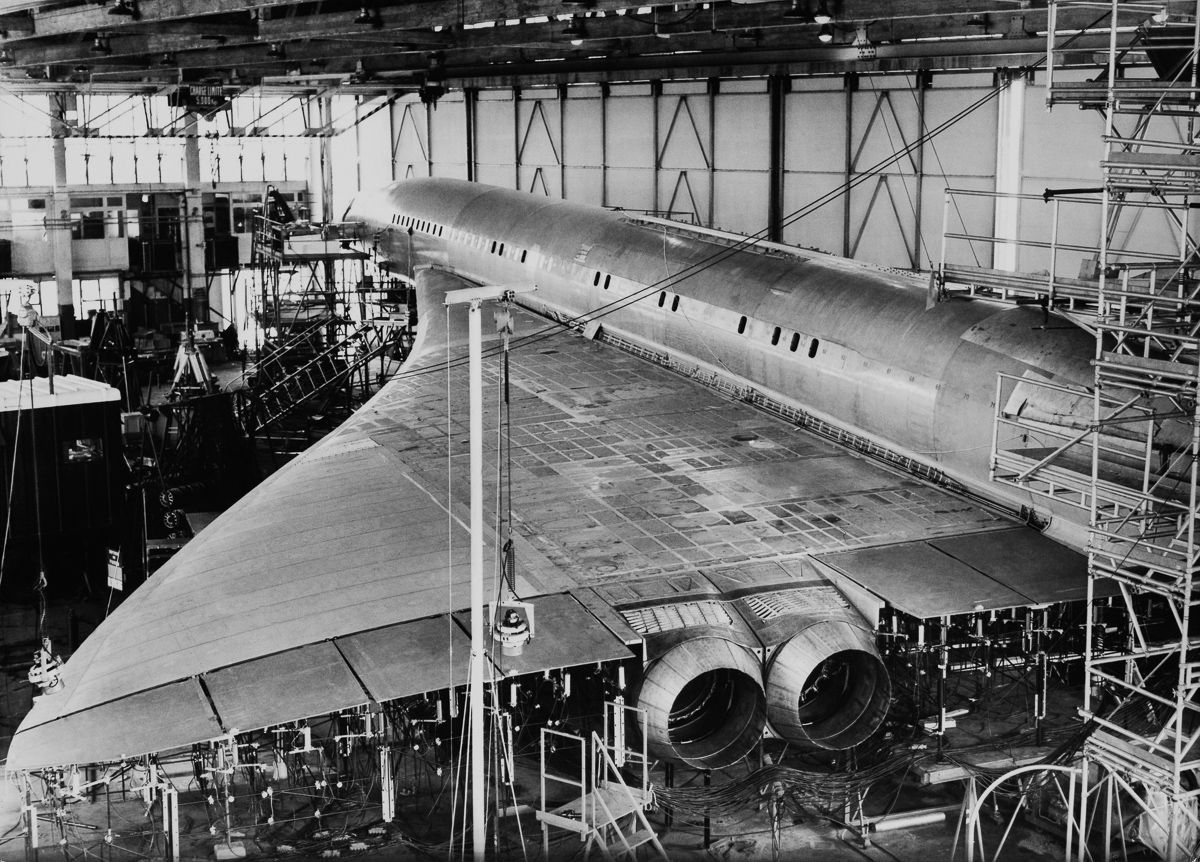
All this duplication of work, ideas, management, cultural differences, back-stabbing, absolute lack of trust and completely different outlook on the final expectation, spiralled up the cost to cross Pounds 70 Millions in the first few years of designing and R&D itself. Not to mention the missing of the earlier deadline of 5 yrs. One of the biggest issues among the two teams was the “Language Difference”. When the designs were shared by a team, it was in their own language which created a lot of issues for the other team to understand it. Even the notation standards used by each of the teams were entirely different. UK was still using Feet and Inches at that time and French were using the Metric system. It took 3 yrs to ensure that both the teams were on the same “measurement and design notification” system. All this while the costs kept mounting up.
Finally the two nations decided to swap some engineers and workers from both the teams with the other. This resulted into further feeling of alienation and distrust. While the UK engineers felt that French should follow their lead as the whole thing was British idea in the first place, the French engineers felt that since both the parties have equal stake in it, they too had equal rights to reject an idea or suggest a new one. This gave birth to the concept of “Minority culture syndrome” in both the sides of the English Channel. On the French side, during lunch the UK engineers would be cajoled into having a lot of wine with them and later use the effects of wine to get negotiations done in their favour.

While on the UK side the British engineers were forcing down their ideas on the French engineers. There were pitched battles and walkouts by the “Minority” engineer groups on both sides for even things like choices of food in the canteen, tea timings, and length of breaks, let alone serious design issues. Every day 100’s of escalations were done that would reach upward to their respective political figures who would, in turn, fight it out among themselves. In absence of having one single decision maker or planning body, there was no escape from this ugliness and shoddy management.

The costs and delays kept mounting. Several times, the parliaments of both the sides wanted to kill the project and cut losses, but were bound by the “Marriage Clause” of initial agreement.
Initially a lot of Airlines had shown interest in this “Supersonic” project and some had even placed orders for some units, but due to delays and negative global coverage of the management style, several Airlines started to pull back on their orders.
Finally, out of sheer frustration, the two countries forced a deadline of 1969 as the date for the first flight to demonstrate that the concept actually worked. All work was left hanging as the two sides started to work on that one working model. Finally some work began to happen and this lead to the very first flight to take place on March 2nd 1969. The aircraft flew twice, once for 10 minutes and another for 22 minutes. To the world it seemed like a wonder but to the test pilots the story was completely different.
After the test flight, the pilots reported 100s of issues including the brick hard controls which tended to become even more difficult and hard as the flight gained speed.
The project had already costed Pounds 750 Million by then.
The problems reported were so severe that the teams had to go back to the drawing boards.
What followed was another round of confusion, miscommunication, cultural issues and misunderstandings. But in all this there came out some amazing concepts as well. This aircraft became the very first to be fitted with “Fly-by-wire” system. The engines were replaced with re-modelled military engines and also fitted with the first commercial “After burner” systems to give it extra boost.
All this, though grand and inventive, further pushed the costs up and the timelines, even further.
In 1972 the Concorde was far from over and the total cost had crossed Pounds 1 billion (close to 7 billion pounds in today’s parity). And to top it all, most of the Airlines has pulled away their orders, barring a few like Japan.
In 1974, desperation set in and hence it was decided to send the “Working Model” on a sales tour and “Show and sell”.
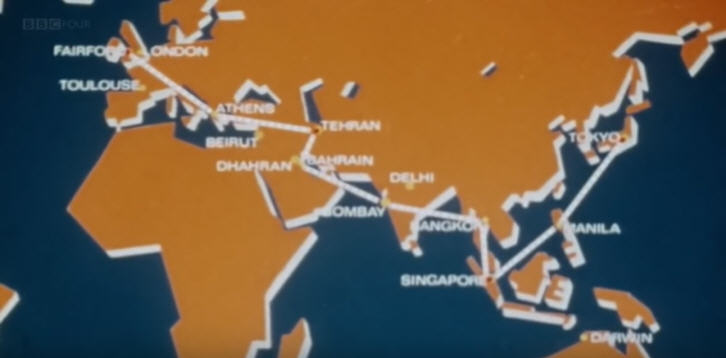
During this sales tour the flight was filled with engineers to help with maintenance or issues that cropped up. An additional conventional aircraft was also sent in its tow carrying all kinds of spare parts. While the government of UK and France were very hopeful from this sales trip, what it actually resulted in, was that this sales tour actually ended up killing every single order that different Airlines had ordered.
In India, due to excessive sounds that even broke windows of some houses, it was decided to disallow even the “Fly rights” over India. This killed a very important flight route for Concorde.
Japan, who were very interested in this aircraft, killed all their orders the moment they saw the amount of “Black Smoke” that it would spew out. The Australian government also pulled out their orders and also disallowed Concorde to fly over their country.
By the time this “Sales Tour” ended, Concorde lost each and every order from every single airline. Not only this, the troop of engineers that had travelled with them, listed 100s of new problems that would prevent this aircraft to be launched in the near future. Even British Airways and Airfance were not interested because of Concorde’s amazingly heavy maintenance cost after every flight. Not only this, they could use it for only a few flight routes because most of the commercial flight routes were closed for Concorde flights.
The politicians of both the government swung to action, to keep their respective pride, and literally arm-twisted British Airways and Air France to buy them and use them.
The first flight of British Airways was to Bahrain in 1976.
Soon all the flight routes closed to Concorde except the Paris / London to New York. This route later on became the “Dream Flight” for the rich and famous. However eve if the price for a flight in Concorde was 30 times that of a normal flight price for the same route, with an ever increasing waiting list, these flights could never become profitable simply because of the immense down time and maintenance issues after each and every flight.
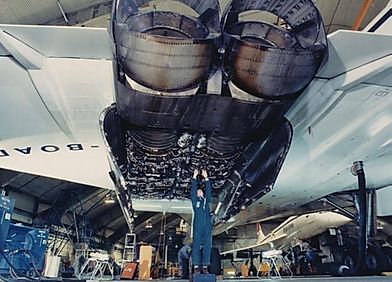
There were a total of 20 aircrafts made. British Airways got 7 and Airfrance got 7. Both airlines got 3 aircrafts each for “Cannibalising” parts as the production line for the Concorde was closed completely. Over the period from 1976 till 2003 several aircrafts were lost to accidents and technical failures.
Glamorous as they were, they were, nevertheless, one of the worst projects of all times.
Today, Concorde is a Museum piece, a very very very expensive piece albeit a beauty par excellence.

Lessons to be learned from this project failure: -
-
A grand idea alone cannot substitute proper project management to achieve those very same grand objectives.
-
Nationalism and pride can work both ways.
-
Suspicion and lack of mutual trust is not the best way to start a project
-
No matter how big or distributed a project is, there should be someone at the top to take final binding decisions.
-
Politics and project management usually do not mix well.
-
Duplication of management and effort do not give you as much technical benefits as the headache of lack of co-ordination, running behind schedule and spiralling costs.
-
Risk management is never optional. The loftier the goals, the higher the investment on risk management.
-
Communication planning cannot be taken for granted and left to the designs of the stakeholders
-
All projects are not the same. Some are more complex than others and hence one cannot use same kind of Project Management in all methodologies.
-
Even when the budget is fairly lavish an eye must be kept on the costs from the very first day of the project. Costs have a way of stacking up faster when you are not looking at them.
-
No project should start until the key stakeholders are in unison about the project objective.
-
All projects have an environment that they are affected by. Not taking into account the changing project environment around the project can be fatal to the very project that is being managed.
-
People buy solutions to their problems and not the lofty ideas that you are selling.
-
Running a project only for sheer pride and with the attitude of “Oh we have already spent so much money on this project” is a perfect recipe for financial disaster. There should be thresholds for knowing when to pull the plug.